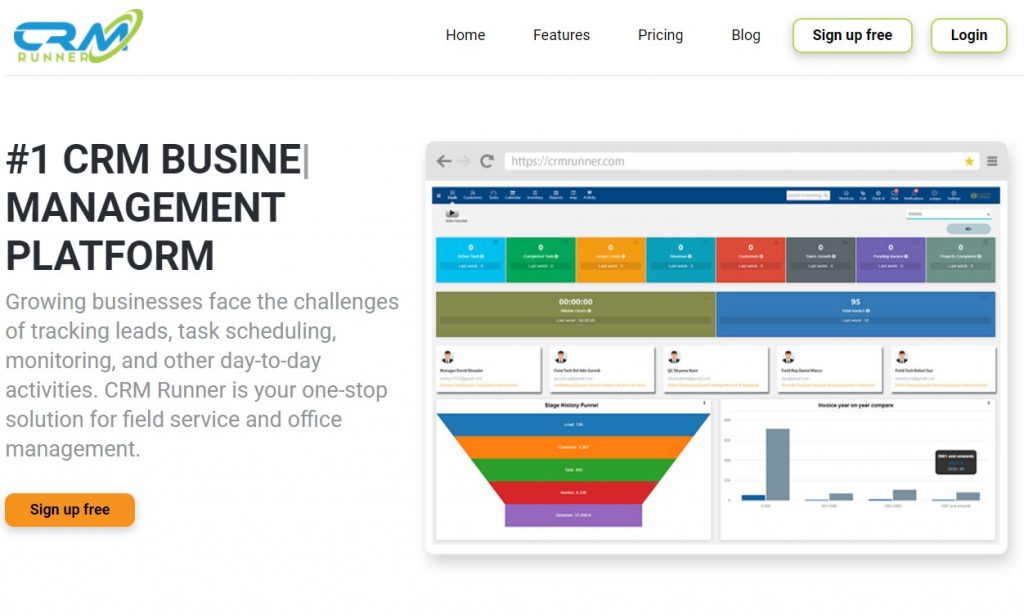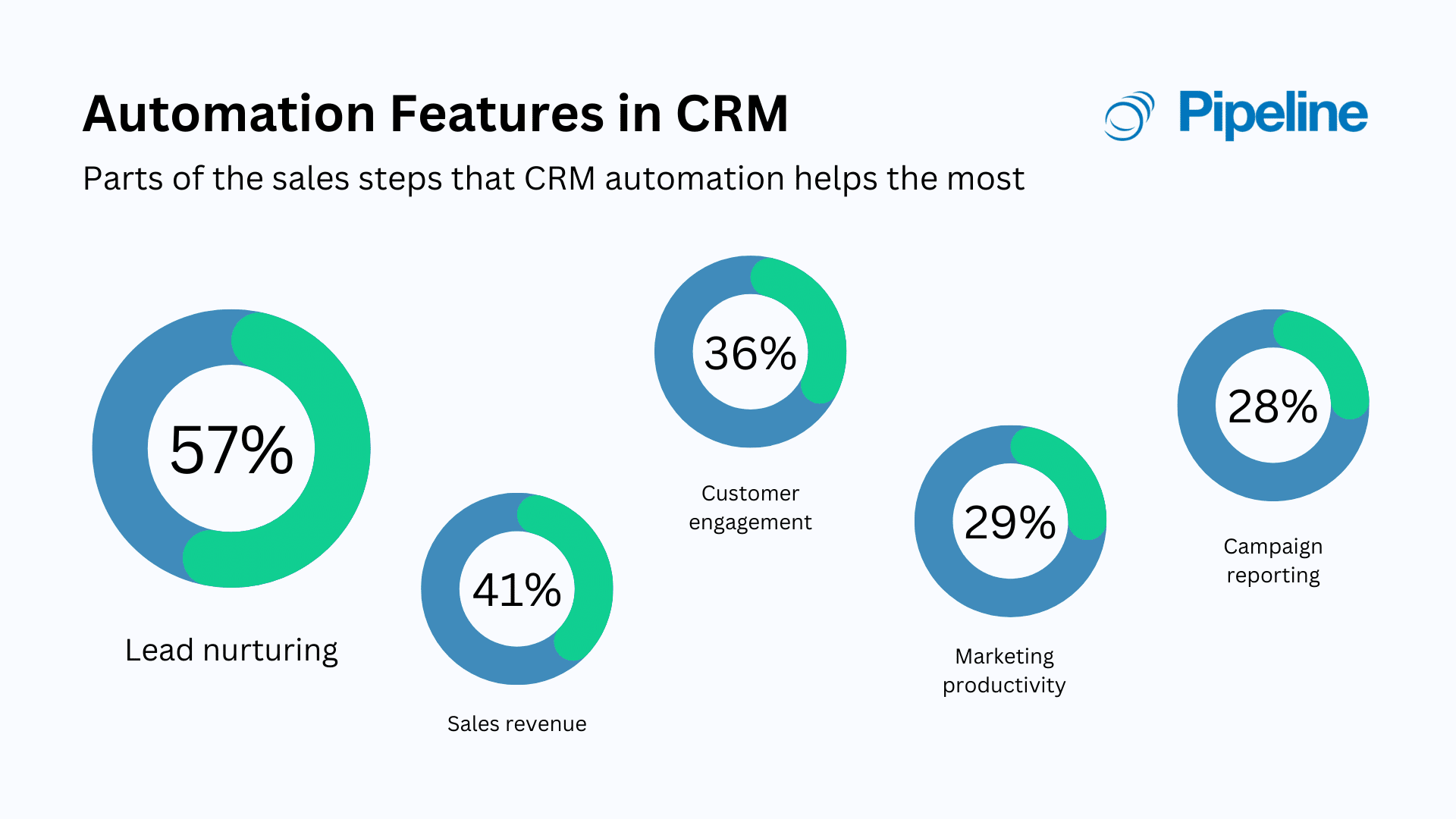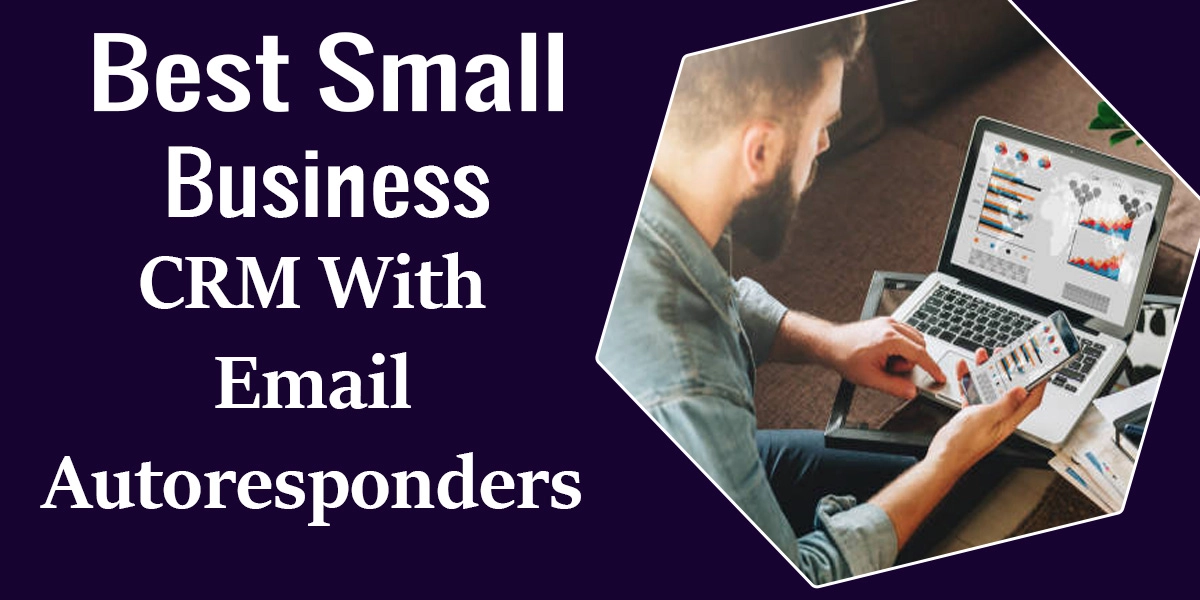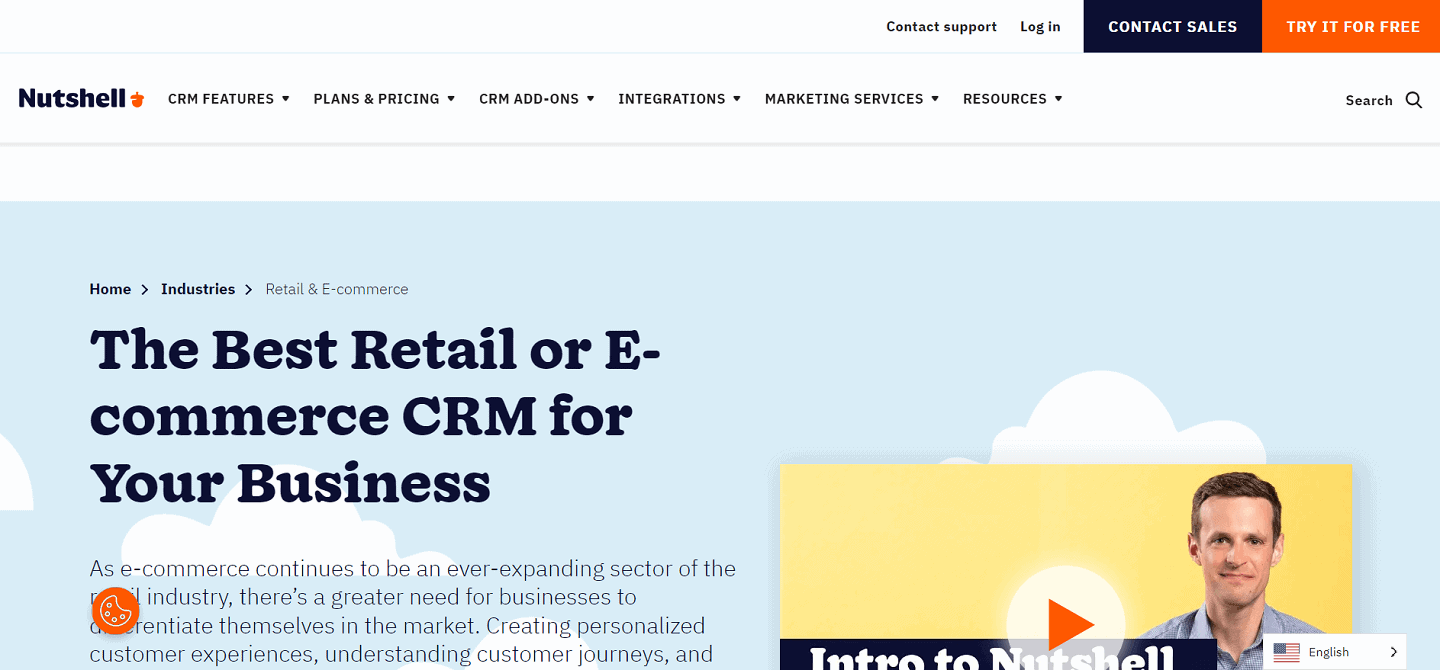
Introduction: Why a CRM is Crucial for Small Designers
So, you’re a designer, brimming with creativity, crafting stunning visuals, and building a portfolio that would make Michelangelo jealous. But let’s be honest, the business side of things? Maybe not as glamorous. Juggling client communications, project deadlines, invoices, and proposals can feel like herding cats. This is where a Customer Relationship Management (CRM) system steps in, becoming your secret weapon to streamline operations and supercharge your design business.
For small design businesses, efficiency is everything. You wear many hats – designer, project manager, salesperson, and accountant. A CRM isn’t just about storing contact information; it’s about building relationships, nurturing leads, and ultimately, driving revenue. Choosing the right CRM can be the difference between a struggling freelancer and a thriving design studio. This article dives deep into the best CRM options tailored specifically for small designers, helping you find the perfect fit to elevate your business.
What to Look for in a CRM for Designers: Key Features
Before we jump into specific CRM recommendations, let’s outline the essential features a good CRM for designers should possess. These features will streamline your workflow, improve client communication, and ultimately, help you focus on what you do best – design.
1. Contact Management: Your Central Hub
At its core, a CRM is a contact management system. It should allow you to:
- Store detailed client information: Names, contact details, company information, project history, and any relevant notes.
- Segment your contacts: Group clients based on project type, industry, or any other criteria that makes sense for your business. This allows for targeted communication.
- Import and export contacts: Easily transfer your contact data from other platforms.
2. Project Management: Keep Projects on Track
Design projects are often complex, with multiple stages, deadlines, and deliverables. A CRM with project management capabilities can help you:
- Track project progress: Monitor the status of each project, from initial concept to final delivery.
- Set deadlines and reminders: Stay on top of important dates and ensure timely project completion.
- Manage tasks and assign responsibilities: Break down projects into manageable tasks and assign them to yourself or your team.
3. Communication Tools: Seamless Client Interactions
Effective communication is the cornerstone of any successful design project. Look for a CRM that offers:
- Email integration: Send and receive emails directly from the CRM, keeping all client communication in one place.
- Email templates: Save time by using pre-written email templates for common tasks like sending proposals or following up on leads.
- Communication history: Keep a record of all interactions with each client, ensuring everyone is on the same page.
4. Proposal and Quote Management: Winning New Business
Creating and managing proposals and quotes can be time-consuming. A CRM with these features can help you:
- Create professional proposals and quotes: Use templates to quickly generate proposals that look great and impress potential clients.
- Track proposal status: Monitor the progress of your proposals, from sent to accepted or rejected.
- Automate follow-up: Set up automated reminders to follow up on proposals and increase your chances of winning the project.
5. Time Tracking and Invoicing: Get Paid on Time
Accurate time tracking and efficient invoicing are crucial for managing your finances. A good CRM should offer:
- Time tracking: Track the time you spend on each project, allowing you to accurately bill your clients.
- Invoice generation: Create and send professional invoices directly from the CRM.
- Payment tracking: Monitor the status of your invoices and get notified when payments are received.
6. Reporting and Analytics: Data-Driven Decisions
Data is your friend. A CRM with reporting and analytics capabilities can help you:
- Track key performance indicators (KPIs): Monitor metrics like project profitability, client acquisition cost, and customer lifetime value.
- Generate reports: Gain insights into your business performance and identify areas for improvement.
- Make data-driven decisions: Use the data to optimize your sales and marketing efforts.
7. Integrations: Connect Your Tools
Your CRM should integrate with other tools you use, such as:
- Email marketing platforms: Mailchimp, Constant Contact, etc.
- Project management software: Asana, Trello, etc.
- Accounting software: QuickBooks, Xero, etc.
- Payment gateways: Stripe, PayPal, etc.
Top CRM Systems for Small Designers: A Detailed Comparison
Now, let’s dive into the specific CRM systems that are particularly well-suited for small design businesses. We’ll evaluate each based on the features we discussed above, as well as ease of use, pricing, and overall value.
1. HubSpot CRM: The Free Powerhouse
Overview: HubSpot CRM is a popular choice, and for good reason – it’s completely free! While the free version has limitations, it provides a robust set of features that are more than enough for many small design businesses. HubSpot CRM is known for its user-friendly interface and powerful marketing automation capabilities.
Key Features for Designers:
- Free Contact Management: Store unlimited contacts with detailed information.
- Email Integration: Connects with Gmail, Outlook, and other email providers.
- Email Marketing: Send up to 2,000 emails per month (free).
- Deal Tracking: Manage your sales pipeline and track potential projects.
- Reporting Dashboard: Get insights into your sales and marketing performance.
- Integrations: Seamlessly integrates with a wide range of tools, including project management software and accounting platforms.
Pros:
- Completely free: A fantastic option for those on a budget.
- User-friendly interface: Easy to learn and use.
- Powerful marketing automation: Automate email sequences and other marketing tasks.
- Excellent integrations: Connects with a vast array of other tools.
Cons:
- Limited features in the free version: You’ll need to upgrade to a paid plan to access more advanced features.
- Can be overwhelming for beginners: The sheer number of features can be daunting at first.
Pricing: Free, with paid plans starting at $45 per month.
Who it’s best for: Small design businesses that are just starting out and want a free, feature-rich CRM. Also a great choice if you are looking to grow and need a robust marketing automation platform.
2. Pipedrive: Sales-Focused Simplicity
Overview: Pipedrive is a CRM that focuses on sales and lead management. It’s known for its visual pipeline, which makes it easy to track deals and visualize your sales process. Pipedrive is a great choice for designers who want a CRM that is straightforward and easy to use.
Key Features for Designers:
- Visual Sales Pipeline: Easily track deals through different stages.
- Contact Management: Store detailed client information and manage interactions.
- Email Integration: Send and receive emails directly from the CRM.
- Activity Tracking: Schedule and track calls, meetings, and other activities.
- Reporting and Analytics: Get insights into your sales performance.
- Integrations: Integrates with popular tools like Zapier, Google Workspace, and more.
Pros:
- Easy to use: Intuitive interface and simple setup.
- Visual pipeline: Makes it easy to track deals and manage your sales process.
- Sales-focused features: Designed to help you close more deals.
Cons:
- Limited project management features: Not as robust as some other CRMs in this area.
- Can be expensive for larger teams: Pricing increases as you add users.
Pricing: Starts at $14.90 per user per month, billed annually.
Who it’s best for: Designers who prioritize sales and lead management and want a CRM that is easy to use and visually appealing.
3. Freshsales: Comprehensive and Affordable
Overview: Freshsales (part of the Freshworks suite) offers a comprehensive set of features at a competitive price point. It’s a good option for designers who want a CRM that can handle a variety of tasks, from contact management to sales automation.
Key Features for Designers:
- Contact Management: Store detailed client information and manage interactions.
- Email Integration: Send and receive emails directly from the CRM.
- Sales Automation: Automate tasks like sending emails and creating follow-up tasks.
- Lead Scoring: Prioritize your leads based on their behavior and engagement.
- Reporting and Analytics: Get insights into your sales performance.
- Integrations: Integrates with popular tools like Zapier, Slack, and more.
Pros:
- Comprehensive features: Offers a wide range of features at an affordable price.
- Sales automation: Automate tasks to save time and improve efficiency.
- User-friendly interface: Easy to learn and use.
Cons:
- Can be overwhelming for beginners: The sheer number of features can be daunting at first.
- Some integrations are limited: Some integrations may require a paid plan.
Pricing: Starts at $15 per user per month, billed annually.
Who it’s best for: Designers who want a comprehensive CRM with a variety of features at an affordable price.
4. Zoho CRM: Highly Customizable and Feature-Rich
Overview: Zoho CRM is a robust and highly customizable CRM system that offers a wide range of features, suitable for businesses of all sizes. It’s a strong contender for small design businesses that have specific needs and want the flexibility to tailor the system to their workflow.
Key Features for Designers:
- Contact Management: Comprehensive contact management capabilities with detailed client profiles.
- Project Management: Basic project management features for tracking project progress.
- Email Marketing: Integrated email marketing features for nurturing leads and engaging clients.
- Workflow Automation: Automate repetitive tasks and streamline your workflow.
- Reporting and Analytics: Powerful reporting tools to track key performance indicators.
- Customization: Highly customizable to fit your specific needs.
- Integrations: Integrates with a wide array of third-party applications.
Pros:
- Highly customizable: Tailor the CRM to fit your specific needs and workflow.
- Feature-rich: Offers a comprehensive set of features.
- Good value for money: Offers a lot of features for the price.
Cons:
- Can be complex to set up: Requires some technical knowledge to set up and configure.
- Interface can be overwhelming: The interface can feel a bit cluttered for beginners.
Pricing: Starts at $14 per user per month, billed annually.
Who it’s best for: Small design businesses that want a highly customizable and feature-rich CRM and are willing to invest time in setup and configuration.
5. HoneyBook: All-in-One Solution for Creative Professionals
Overview: HoneyBook is specifically designed for creative professionals, making it a strong choice for designers. It’s an all-in-one platform that combines CRM, project management, invoicing, and payment processing.
Key Features for Designers:
- Contact Management: Manage client contacts and communication.
- Project Management: Track project progress, deadlines, and deliverables.
- Proposals and Contracts: Create professional proposals and contracts.
- Invoicing and Payments: Send invoices and accept payments online.
- Client Portal: Provide clients with a dedicated portal to access project information and documents.
- Workflow Automation: Automate tasks and streamline your workflow.
- Integrations: Integrates with popular tools like Gmail, Google Calendar, and more.
Pros:
- All-in-one solution: Combines CRM, project management, invoicing, and payments.
- Designed for creative professionals: Tailored to the specific needs of designers and other creatives.
- Easy to use: User-friendly interface and intuitive workflow.
Cons:
- Can be expensive: Pricing is higher than some other CRM options.
- Limited customization: Not as customizable as some other CRMs.
Pricing: Starts at $39 per month, billed annually.
Who it’s best for: Designers who want an all-in-one solution that is specifically designed for creative professionals and are willing to pay a premium for the convenience.
6. Dubsado: Comprehensive and Customizable for Creatives
Overview: Dubsado is another popular all-in-one solution specifically designed for creative entrepreneurs, including designers. It offers a robust set of features for managing clients, projects, and finances.
Key Features for Designers:
- Contact Management: Manage client contacts and communication.
- Project Management: Track project progress, deadlines, and deliverables.
- Proposals and Contracts: Create professional proposals and contracts.
- Invoicing and Payments: Send invoices and accept payments online.
- Client Portal: Provide clients with a dedicated portal to access project information and documents.
- Workflow Automation: Automate tasks and streamline your workflow.
- Scheduling: Built-in scheduling to book appointments.
- Forms: Create questionnaires, lead capture forms, and contracts.
Pros:
- All-in-one solution: Combines CRM, project management, invoicing, and payments.
- Designed for creatives: Tailored to the specific needs of designers and other creatives.
- Highly customizable: Offers a high degree of customization.
Cons:
- Steeper learning curve: The extensive features can take some time to learn.
- Can be overwhelming: The interface can feel a bit cluttered.
Pricing: Starts at $20 per month, billed annually.
Who it’s best for: Designers who want a highly customizable, all-in-one solution and are willing to invest time in learning the platform.
Making Your Decision: Choosing the Right CRM
Choosing the right CRM for your small design business is a crucial step towards streamlining your operations and boosting your bottom line. As you’ve seen, there are several excellent options available, each with its own strengths and weaknesses. Here’s a recap to help you make the best decision:
- HubSpot CRM: The free, feature-rich option for those just starting out or focused on marketing automation.
- Pipedrive: The sales-focused CRM for designers who prioritize a visual pipeline and ease of use.
- Freshsales: The comprehensive and affordable choice for those wanting a wide range of features.
- Zoho CRM: The highly customizable solution for businesses with specific needs.
- HoneyBook: The all-in-one solution specifically designed for creative professionals, offering convenience.
- Dubsado: The comprehensive and customizable choice for creatives with a strong focus on automation and detailed project management.
To make your final decision, consider these key factors:
- Your budget: How much are you willing to spend on a CRM?
- Your needs: What features are essential for your business?
- Your team size: How many users will need access to the CRM?
- Your tech skills: Are you comfortable with complex software, or do you prefer a simpler solution?
Tip: Take advantage of free trials or demos offered by the CRM providers to test out the features and see which one best fits your needs. Don’t be afraid to experiment – the right CRM will become an indispensable asset for your design business.
Beyond the Basics: Maximizing Your CRM’s Potential
Once you’ve chosen your CRM, the real work begins – implementing it effectively. Here are some tips to maximize your CRM’s potential:
1. Data Migration: Get Your Data Organized
Migrating your existing client data from spreadsheets, email inboxes, or other systems can seem daunting, but it’s essential. A clean, organized database is the foundation of a successful CRM. Most CRMs offer import tools to help you transfer your data smoothly. Make sure to:
- Clean up your data: Remove duplicates, correct errors, and standardize formatting.
- Import your data in batches: This makes it easier to troubleshoot any issues.
- Test your import: Verify that all your data has been imported correctly.
2. Training and Adoption: Get Your Team On Board
If you have a team, make sure everyone is trained on how to use the CRM. Provide clear instructions, tutorials, and ongoing support. Encourage your team to use the CRM consistently to build good habits. The success of your CRM depends on its widespread adoption.
3. Customization: Tailor It to Your Workflow
Don’t be afraid to customize your CRM to fit your specific needs. Most CRMs allow you to:
- Create custom fields: Add fields to store information that is unique to your business.
- Customize your sales pipeline: Adapt the stages of your sales pipeline to reflect your sales process.
- Set up automated workflows: Automate repetitive tasks, such as sending follow-up emails or creating tasks.
4. Integration: Connect Your Ecosystem
Integrate your CRM with other tools you use, such as email marketing platforms, project management software, and accounting software. This will:
- Eliminate data silos: Ensure that all your data is accessible in one place.
- Automate tasks: Streamline your workflow by automating tasks between different systems.
- Improve efficiency: Save time and improve efficiency by integrating your tools.
5. Regular Review and Optimization: Continuous Improvement
Regularly review your CRM usage and identify areas for improvement. Ask yourself:
- Are you using all the features?
- Are there any features that you’re not using?
- Are you getting the most out of your CRM?
Make adjustments to your settings, workflows, and processes as needed to optimize your CRM for your business.
The Long-Term Benefits: Why CRM Matters for Designers
Investing in a CRM for your small design business is an investment in your future. The long-term benefits extend far beyond simply organizing contacts. By implementing a CRM, you’re setting the stage for sustainable growth and a more fulfilling business life.
1. Stronger Client Relationships:
A CRM helps you build deeper relationships with your clients. By tracking interactions, understanding their needs, and remembering important details, you can provide a more personalized and attentive service. This leads to:
- Increased client loyalty: Happy clients are more likely to become repeat customers.
- Positive word-of-mouth referrals: Satisfied clients will recommend your services to others.
- Enhanced brand reputation: A strong reputation will attract new clients and opportunities.
2. Improved Sales and Marketing:
A CRM provides invaluable insights into your sales and marketing efforts. By tracking leads, monitoring your sales pipeline, and analyzing your performance, you can:
- Identify your best leads: Focus your efforts on the most promising prospects.
- Improve your conversion rates: Close more deals by using data to refine your sales approach.
- Optimize your marketing campaigns: Tailor your marketing messages to resonate with your target audience.
3. Enhanced Productivity and Efficiency:
A CRM streamlines your workflow, freeing up your time to focus on design work and other high-value activities. By automating tasks and organizing your information, you can:
- Reduce administrative tasks: Spend less time on paperwork and more time on design.
- Improve project management: Stay on top of deadlines, deliverables, and project budgets.
- Increase your overall productivity: Accomplish more in less time.
4. Better Financial Management:
A CRM helps you manage your finances more effectively. By tracking invoices, payments, and project profitability, you can:
- Improve your cash flow: Get paid on time by sending invoices and tracking payments.
- Gain insights into your profitability: Identify your most profitable projects and clients.
- Make informed financial decisions: Use data to make sound business decisions.
5. Scalable Growth:
A CRM provides a solid foundation for growth. As your business expands, your CRM can scale with you. You can:
- Add more users: Easily add new team members to your CRM.
- Expand your features: Upgrade to more advanced features as your needs evolve.
- Manage a growing client base: Keep track of all your clients and projects as your business grows.
In conclusion, integrating a CRM system into your design business is not just a technological upgrade; it’s a strategic move that empowers you to work smarter, build stronger client relationships, and achieve sustainable growth. By taking the time to choose the right CRM and implementing it effectively, you can transform your business and reach new heights of success.


